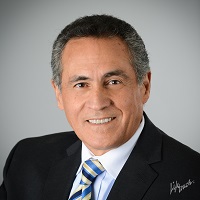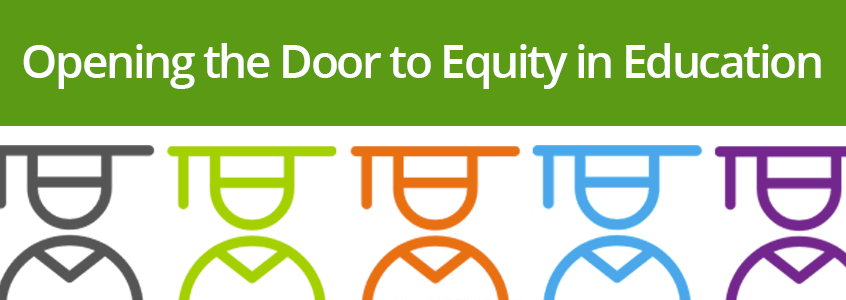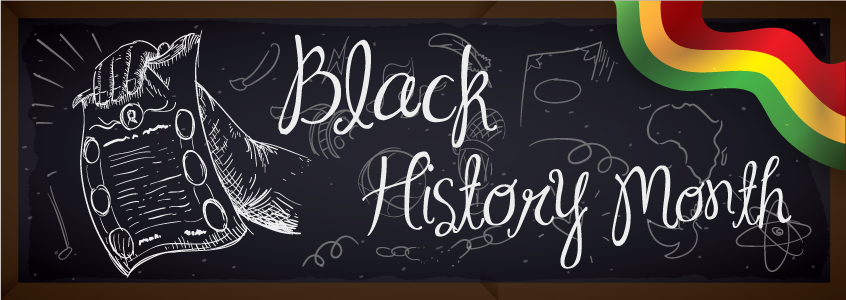- BLOG HOME
- »
- Clearinghouse News
- »
- The Pandemic Offers an Opportunity to Rethink K-16 Education

The Pandemic Offers an Opportunity to Rethink K-16 Education
By Dan Domenech, Ph.D., Executive Director, School Superintendents Association (AASA)

I recently took part in the National Student Clearinghouse’s virtual “Opening the Door to Equity in Education” panel discussion. The event outlined systemic issues facing the current education-to-workforce ecosystem, which has been exacerbated by the pandemic.
At the start of the pandemic, K-12 schools struggled to transition to remote learning. Thousands of school districts with different budgets, technological infrastructure, and cultures responded uniquely, achieving varying levels of success. However, the pandemic uncovered a deep inequality in our education system. Students who do not pursue higher education are not being prepared to participate in the workforce.
The pandemic is a wake-up call for our education system and an opportunity to make changes to better prepare students to succeed. As we look to recover from the pandemic, we need K-12, colleges, and employers to work together to ensure our education system is giving the students the tools to compete in the workforce.
Less than 40% of our students that graduate high school attend college and earn a four-year degree. We should all be asking: what happens to the other 60%? What kind of training, programs, or opportunities are available to these underserved students? A four-year college is not the only way for students to continue their education. We need a national dialogue about providing students additional pathways to success that can significantly impact underserved communities.
To that end, the School Superintendents Association (AASA) partnered with the American Association of Community Colleges (AACC) to create a continuity of service for underserved students. Together we are now talking about K-16 education, not K-12. Internship and apprenticeship programs are being created in partnerships with community colleges and the business community. By working together, we are providing thousands and thousands of students with opportunities they never had before.
We are encouraged to see that the Clearinghouse is playing a pivotal role in the development of the Learning and Employment Record (LER), a digital record of learning and work, that can facilitate AASA and AACC’s collaboration between K-12, higher education, and the business community. The LER provides verifiable information about a person’s achievements in education or training processes, whether, in the classroom or workplace, that can be shared among learners, learning institutions, and employers.
The pandemic has been an extraordinarily challenging time for our country, but it can also be an opportunity to rethink how we educate and the way we hire. We can rebuild our economy and empower students by working together to create a curriculum that offers a direct path to our workforce of the future.
Less than 40% of our students that graduate high school attend college and earn a four-year degree. We should all be asking: what happens to the other 60%? What kind of training, programs, or opportunities are available to these underserved students?
Dan Domenech, Ph.D.
Executive Director, School Superintendents Association (AASA)



